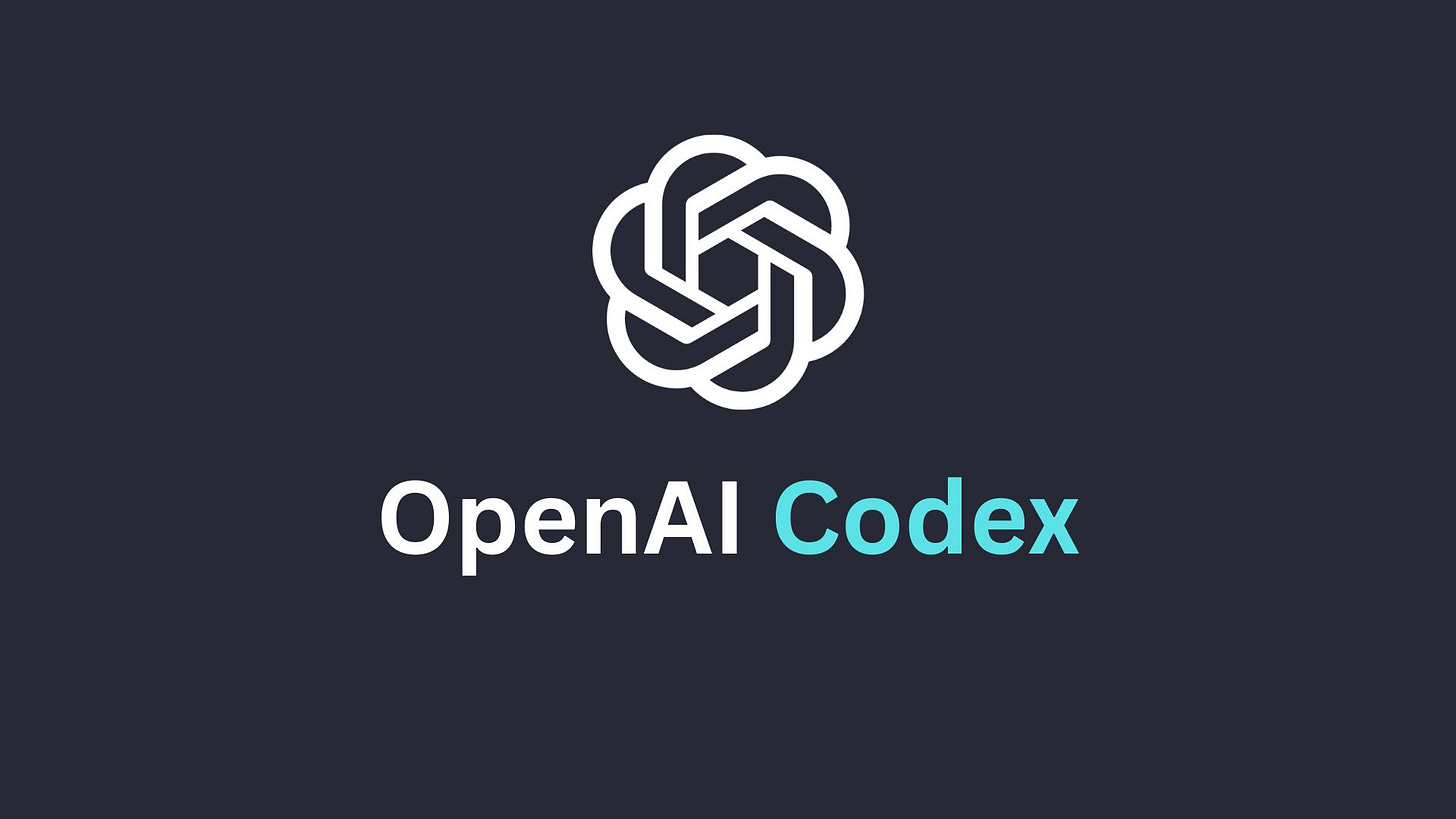Here's How To Use Codex from OpenAI
Codex can review code changes in a pull request and suggest potential fix. Here's a simple guide on how to use it.
As a software engineer and an AI enthusiast, it always excites me whenever a new AI-powered coding tech is released. I’ve been vibe coding web applications in the past year or so and I don’t see myself coding again without the help of an AI agent.
I’ve already talked about OpenAI’s Codex in the past, but I never really tried it myself. Today, I finally had the chance to test it out, so I decided to write an article about how to set it up and share my initial impressions.
Let’s get started.
What is Codex?
Before we go into the details of how to use Codex, let me quickly explain what it is.
Codex is a software engineering agent that runs in the cloud and does tasks for you, like writing a new feature or fixing a bug. You can run many tasks at the same time.
It’s built on codex-1, a variant of OpenAI’s o3 model specifically optimized for software engineering. It was trained through reinforcement learning on real-world coding tasks across different environments, which allows it to generate human-style code, follow pull request conventions, and repeatedly run tests until they pass.
Codex is still a research preview, so its capabilities, functionality, and features may change at any time.
There are two ways to access Codex:
Keep reading with a 7-day free trial
Subscribe to Generative AI Publication to keep reading this post and get 7 days of free access to the full post archives.


